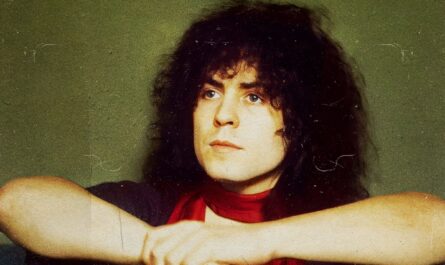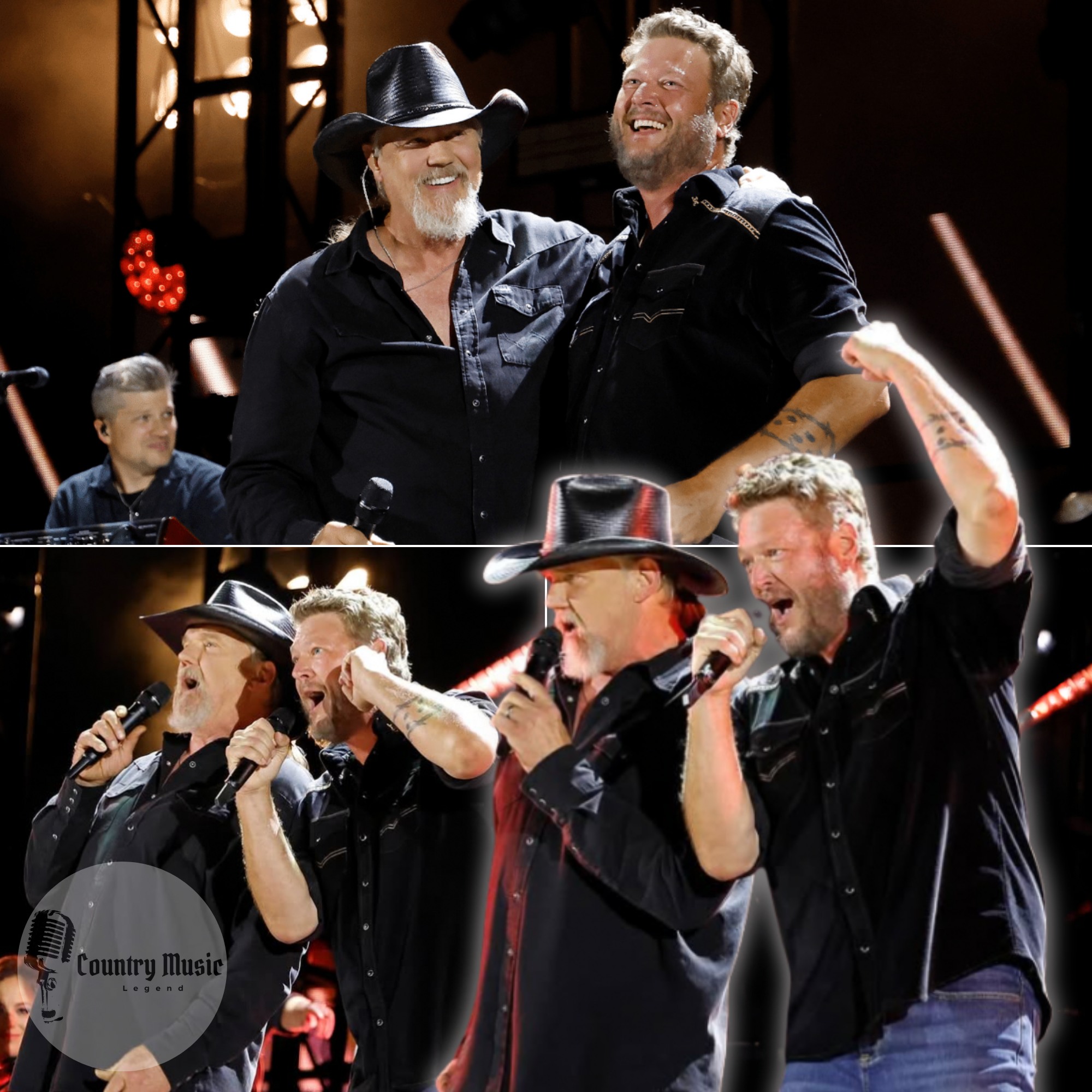Nobody quite compares to The Rolling Stones. Despite their countless imitators and pretenders to the throne, the band who ushered in the blues-rock sounds of the swinging sixties have remained firmly on the upper echelon of rock and roll for upwards of six decades, earning the envy of everybody, including Toronto’s finest, Neil Young.
By the time that Neil Young made his major first steps into the music game, forming the iconic hippie folk-rock outfit Buffalo Springfield in the mid-1960s, The Rolling Stones were already cementing their position at the top of the global rock scene. From their early blues-heavy efforts to the pioneering counterculture rock and psychedelia of records like Their Satanic Majesties Request and, a little later, ‘Street Fighting Man’, The Stones seemed to perfectly capture the zeitgeist of that period, and Young’s staunch rock leanings left him utterly in awe of the group.
Given that Young has explored such a breadth of different styles and genres over the years, from his brief synthpop era during the 1980s to that bizarre rockabilly album Everybody’s Rockin’, it was only a matter of time before he attempted to capture the same unending rock and roll spirit as The Stones. However, the only way Young could get close to replicating that beloved sound was with the added help of guitarist Danny Whitten.
Whitten came to prominence pretty early on in Young’s solo career, forming a significant influence on his second album, Everybody Knows This Is Nowhere. As a key member of Young’s backing band, Crazy Horse, the guitarist eclipsed the typical responsibilities of a backing band member, performing co-lead vocals on tracks like ‘Cinnamon Girl’ and taking lead guitar responsibilities on other tracks, including ‘Down By The River’.
Not only did these now-iconic tracks help to carve out the inherent sound of Young’s solo career, but Whitten’s guitar stylings were hugely influential on the later development of abrasive styles like grunge. It is no shock, then, that Young viewed his collaborations with the guitarist as being as close to true, raw rock and roll greatness as it was possible to get.
Tragically, the pair’s collaborations were cut short as a result of Whitten’s increasingly debilitating addiction to heroin. During the production of After the Gold Rush, Young relieved Crazy Horse of their duties entirely, as Whitten fell further and further into drug-induced decline. Then, in 1972, Danny Whitten passed away at the age of only 29, owing to an overdose of diazepam and alcohol.
Two years later, in 1975, Young spoke about the late guitarist during an interview with Creem, declaring that his work with Whitten was as close as he ever got to replicating the energy and rhythm of The Rolling Stones. “We thought we had it with Danny Whitten – at least I did,” he shared. “I thought that I had a combination of people that could be as effective as groups like The Rolling Stones had been…just for rhythm, which I’m really into.”
Seemingly, the departure and subsequent death of the guitarist were a decisive factor in Young’s pivot to other genres, too. “I haven’t had that rhythm for a while, and that’s why I haven’t been playing my guitar, because without that behind me, I won’t play,” he revealed, showing just how essential Whitten was to those early days with Crazy Horse.




